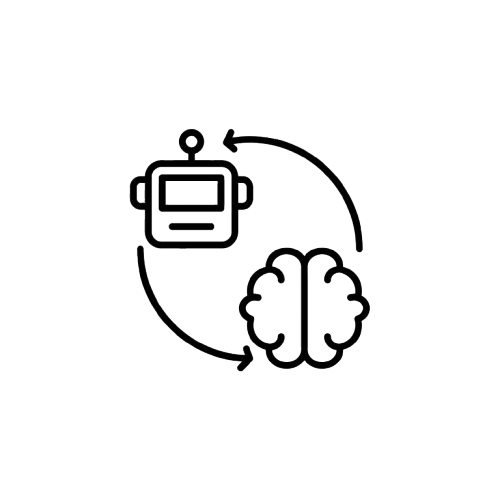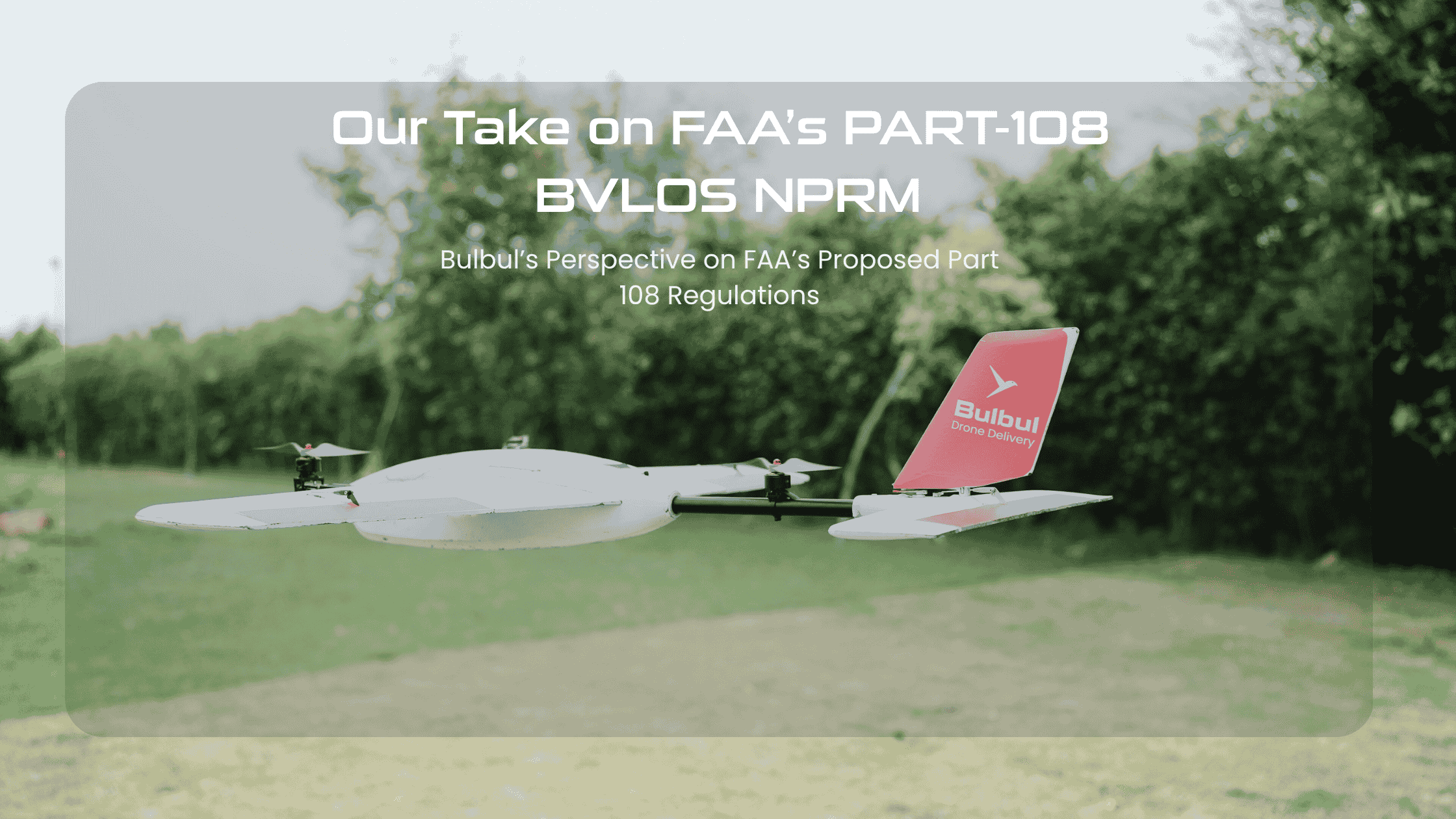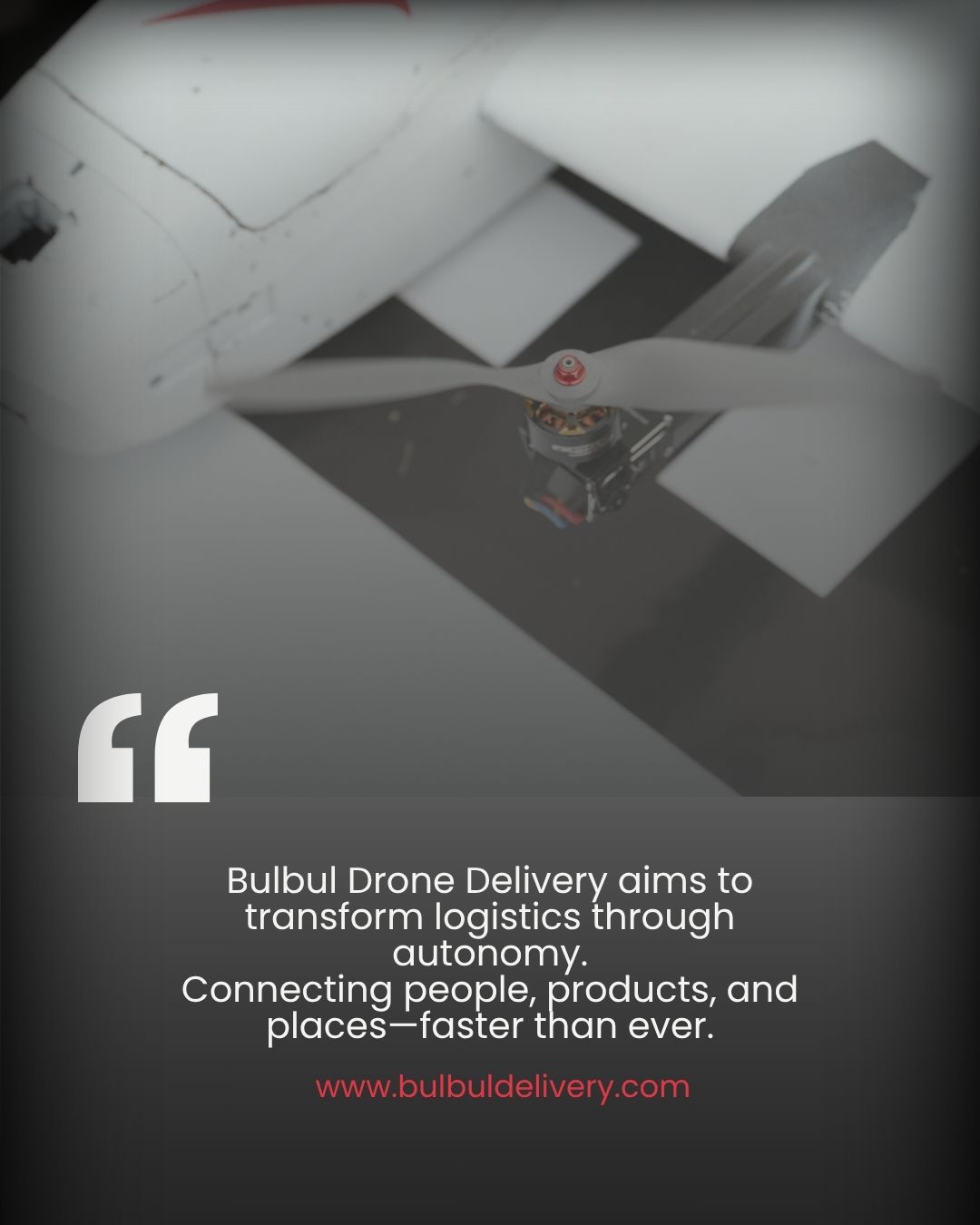Drone delivery is no longer about flying a package from Point A to Point B. It’s about orchestrating an intelligent, responsive, and self-learning network that can operate safely, efficiently, and at scale.
AI has become the invisible pilot, making millions of micro-decisions in real-time to ensure that every flight is smarter than the one before it.
The Shift from Remote Control to True Autonomy
The drones always required human pilots; every flight depended on manual input, constant monitoring, and direct line-of-sight control. While this worked for small-scale demonstrations, it was far from practical for real-world logistics.
AI has changed that story entirely. Through computer vision, sensor fusion, and data-driven learning, drones are now capable of interpreting their environment, predicting risks, and making autonomous flight decisions.
Autonomy is not just about taking the pilot out of the loop; it’s about building trust in machines that can think, decide, and act safely in dynamic environments.
For example, when a drone encounters unexpected wind gusts or temporary airspace restrictions, AI enables it to adapt instantly — rerouting, recalibrating its altitude, or returning to base autonomously. This intelligence is what transforms a flying machine into a reliable delivery system.
AI as the Core of Decision-Making
Every drone flight generates a massive amount of data, including weather inputs, altitude changes, sensor readings, GPS coordinates, and battery performance metrics. Without AI, this data is simply noise.
With AI, however, data becomes actionable intelligence.
Machine learning algorithms constantly analyze flight data to:
- Predict maintenance needs before failures occur.
- Optimize delivery routes based on weather, distance, and energy efficiency.
- Detect anomalies in propulsion systems, sensors, or battery performance.
- Continuously improve flight models over time.
This closed feedback loop means the more drones fly, the smarter and safer they become. Each mission contributes to a growing dataset that strengthens the fleet’s overall intelligence, much like how autonomous cars learn from every mile driven.
Computer Vision: Seeing the World Through AI Eyes
One of the biggest breakthroughs in autonomous drone delivery is the use of computer vision.
Sensors onboard drones feed data into deep-learning algorithms that can recognize objects, read terrain, and even interpret obstacles such as power lines, trees, or buildings.
Unlike GPS-only navigation, which can struggle in urban canyons or dense forests, AI-driven vision systems give drones the ability to “see and think.”
This allows for:
- Precision landings even in complex environments.
- Dynamic obstacle avoidance in real-time.
- Improved situational awareness is crucial for flying in mixed airspace environments.
As these systems evolve, drones are moving closer to full situational independence, capable of making their own flight adjustments with minimal human oversight.
Predictive Maintenance: Prevention Over Repair
In aviation, reliability isn’t optional; it’s everything. One of AI’s most powerful contributions to drone logistics lies in predictive maintenance.
Through continuous monitoring of telemetry data, AI models can detect subtle patterns that indicate potential hardware issues long before they become critical. For example, slight variations in motor vibration or battery temperature may not trigger alarms during flight but could signal early signs of wear.
By identifying these trends proactively, drones can be serviced before failure, reducing downtime, avoiding mission cancellations, and saving costs.
In short, predictive intelligence keeps fleets airworthy, safe, and continuously available for mission-critical deliveries.
Weather Intelligence and Adaptive Flight Planning
Weather is one of the most unpredictable factors in drone logistics. Traditional delivery systems rely on static forecasts or ground-level observations, but drones need dynamic, altitude-specific intelligence.
AI enables adaptive flight planning, continuously analyzing live weather data (wind speeds, precipitation, air pressure) to calculate optimal routes and flight parameters.
For example, an AI model might predict turbulence zones ahead and automatically adjust altitude or reroute around unsafe air corridors. Over time, this learning ensures smarter route planning and higher delivery reliability, even in challenging conditions.
Scaling the Sky: Fleet Coordination through AI
Delivering one package by drone is easy. Delivering thousands across cities and states — safely and efficiently — requires orchestration on a massive scale.
AI-driven fleet management allows multiple drones to:
- Communicate seamlessly with each other.
- Avoid flight path conflicts.
- Prioritize deliveries based on urgency and battery levels.
- Self-distribute workloads across available drones.
This level of intelligence transforms drone delivery networks into coordinated ecosystems, not isolated machines.
When paired with airspace management systems and digital twins, AI enables drones to integrate safely with manned aircraft, a crucial step toward scalable, regulatory-approved operations.
AI for Sustainability and Efficiency
The role of AI in drone logistics goes beyond safety and autonomy; it directly impacts sustainability.
By optimizing routes, minimizing idle energy use, and reducing redundant flights, AI helps cut down on emissions across the supply chain.
Studies already show that drone-based last-mile delivery can reduce CO₂ emissions by up to 60% compared to vans. AI amplifies that impact by ensuring no flight is wasted and every watt of power is used efficiently.
As cities worldwide move toward greener, smarter infrastructure, AI-powered drones will become key enablers of sustainable logistics ecosystems.
The Human Element in Autonomous Systems
Even with all its intelligence, AI isn’t replacing people; it’s enhancing human capability.
Flight operations teams, maintenance engineers, and compliance officers are using AI insights to make better decisions, faster. AI doesn’t remove human judgment; it ensures that every human action is informed by data and foresight.
The balance between human oversight and machine intelligence is what keeps drone autonomy both safe and scalable.
Looking Ahead: Smarter Skies, Connected Communities
As drone delivery continues to evolve, AI will remain the core enabler of true autonomy. From route optimization and fleet management to regulatory compliance and predictive analytics, every advancement brings us closer to a sky that’s as connected as the internet itself.
At Bulbul, we believe autonomy isn’t about removing control; it’s about redefining control. It’s about giving drones the intelligence to make safe, efficient decisions on their own while keeping humans in command of the bigger picture.
The next chapter of drone delivery isn’t about flying higher, it’s about flying smarter.















